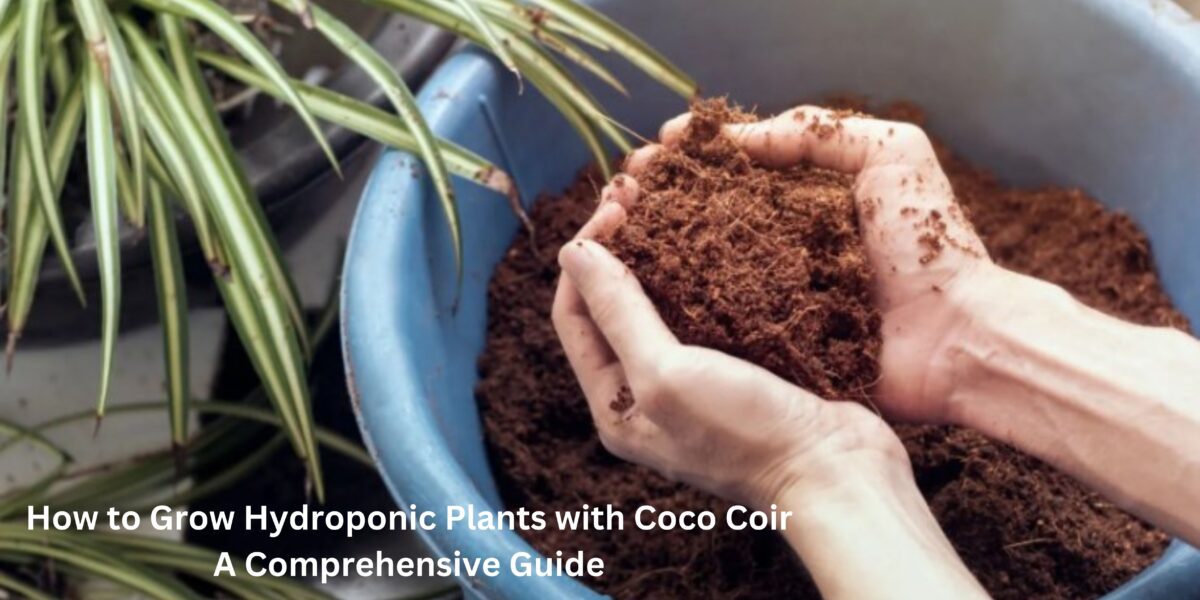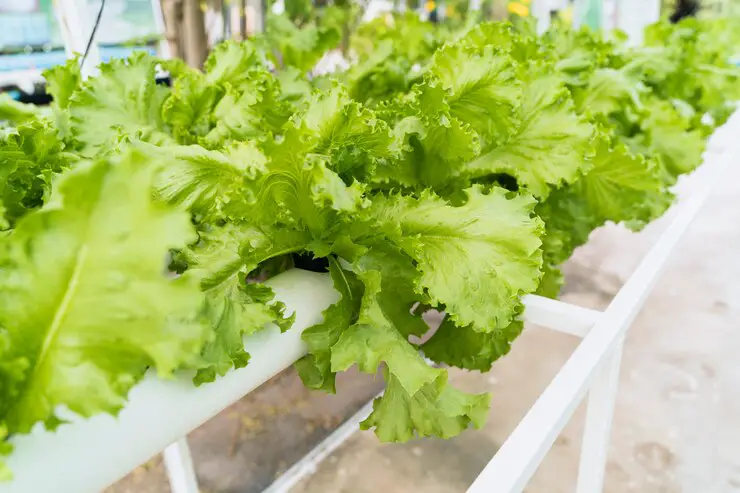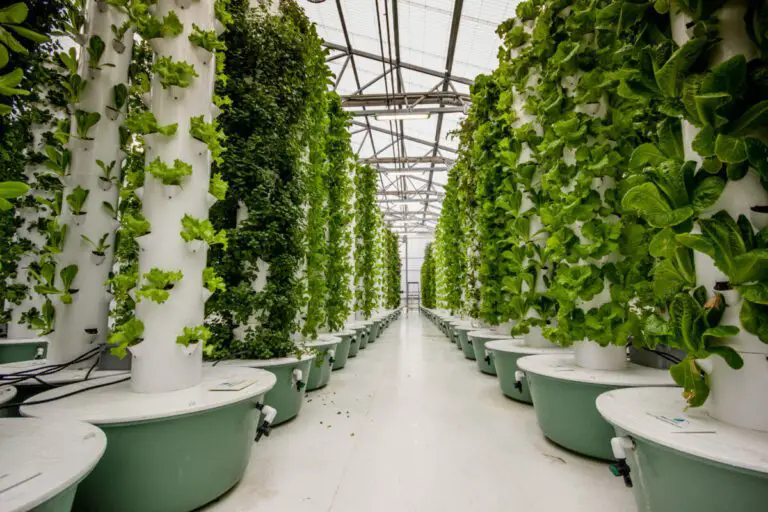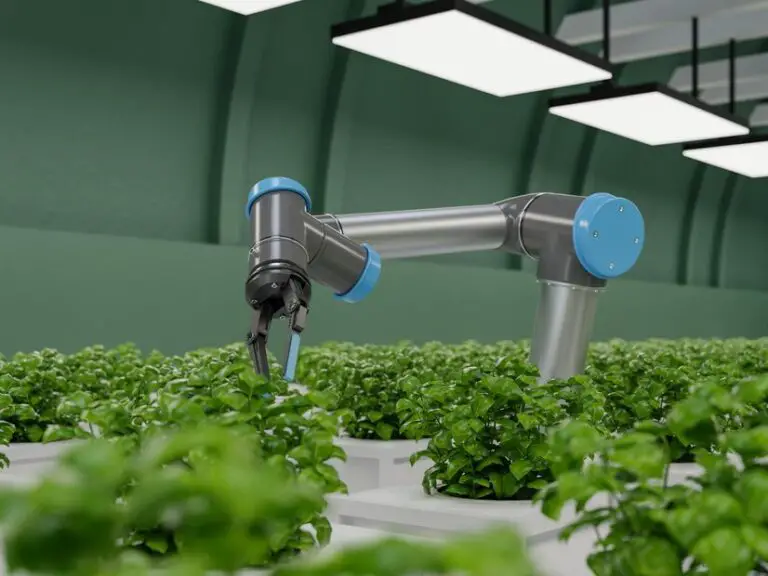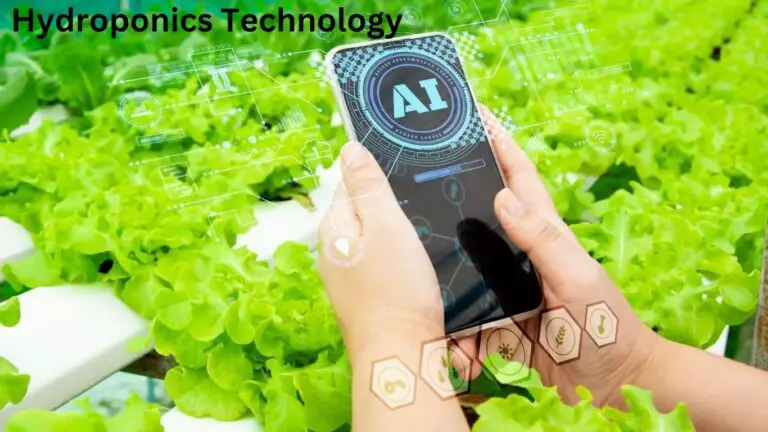How to Grow Hydroponic Plants with Coco Coir: A Comprehensive Guide
Table of Contents
Nutrient Management in Hydroponics: Monitoring and Adjusting Feed for Maximum Growth
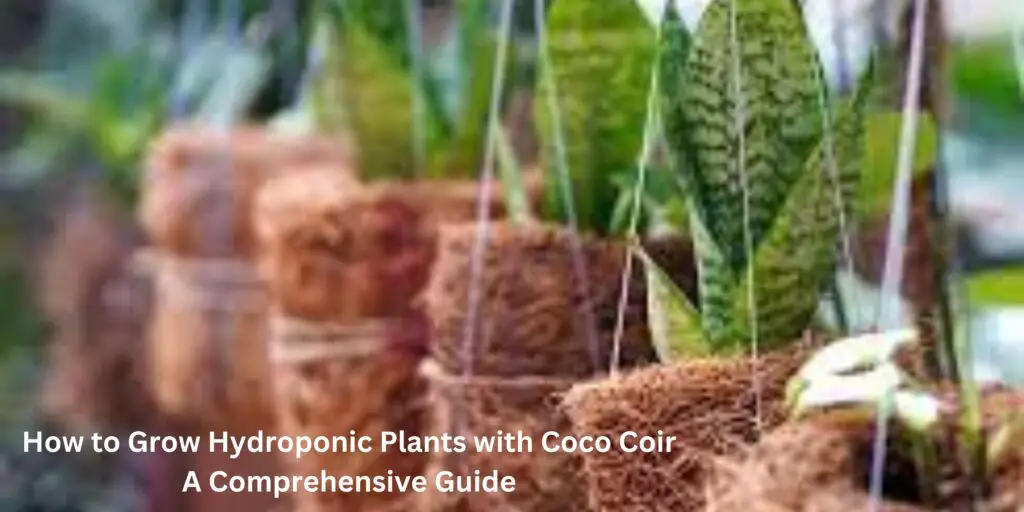
In order to achieve maximum growth and optimize plant health in hydroponic systems, proper nutrient management is essential. Monitoring and adjusting the nutrient feed is a crucial aspect of this process. By closely monitoring the nutrient levels and adjusting them accordingly, we can ensure that plants receive the right balance of essential elements to support their growth and development.
One important factor to consider when monitoring nutrient feed is the nutrient solution’s pH level. Maintaining the pH within the appropriate range is essential for optimal nutrient uptake by the plants. Most hydroponic crops thrive in a slightly acidic pH range, typically between 5.5 and 6.5. However, it is essential to note that different crop varieties may have specific pH preferences, so it’s vital to research and understand the specific requirements of the plants you are cultivating. Regularly testing the nutrient solution’s pH level and adjusting it when necessary will help prevent nutrient deficiencies or toxicities, allowing plants to efficiently absorb the nutrients they need for healthy growth.
Along with pH levels, it’s crucial to monitor the nutrient solution’s electrical conductivity (EC). EC is a measure of the nutrient solution’s total dissolved salts, indicating its strength or concentration. By regularly measuring and adjusting the EC, we can ensure that plants receive an optimal concentration of nutrients. Too high an EC can lead to nutrient toxicity, while a too-low EC may result in nutrient deficiencies. Monitoring and adjusting the EC allows us to maintain a balanced nutrient solution, providing plants with the right amount of nutrients for healthy growth.
By carefully monitoring and adjusting the nutrient feed, specifically considering the pH levels and EC of the nutrient solution, we can optimize plant health and maximize growth in hydroponic systems. These practices help ensure that the plants receive the necessary nutrients in the appropriate concentrations, allowing them to thrive and produce high yields. The key to successful nutrient management lies in regular monitoring, accurate adjustments, and an understanding of the specific nutrient requirements of the crops being grown.
• Regularly testing the nutrient solution’s pH level and adjusting it when necessary
• Maintaining the pH within the appropriate range (typically between 5.5 and 6.5)
• Researching and understanding the specific pH preferences of different crop varieties
• Preventing nutrient deficiencies or toxicities by maintaining optimal pH levels
• Monitoring the nutrient solution’s electrical conductivity (EC) to ensure optimal concentration of nutrients
• Adjusting EC levels to prevent nutrient toxicity or deficiency
• Balancing the nutrient solution for healthy growth by monitoring and adjusting EC regularly
• Optimizing plant health and maximizing growth through careful monitoring and adjustment of nutrient feed
• Maximizing yields by providing plants with necessary nutrients in appropriate concentrations
• Key to successful nutrient management: regular monitoring, accurate adjustments, understanding crop-specific requirements
Watering Techniques for Coco Coir: Maintaining Proper Moisture Levels for Healthy Roots
Maintaining proper moisture levels is crucial for healthy root development in coco coir cultivation. Coco coir is a natural, renewable, and sustainable medium that provides excellent water retention capabilities. However, overwatering or underwatering can lead to root problems and jeopardize plant health.
To ensure optimum moisture levels, it is important to closely monitor the coco coir’s moisture content. One effective method is to use a moisture meter to regularly check the moisture levels at different depths of the growing medium. Ideally, coco coir should be kept moist but not saturated. Overwatering can lead to oxygen deprivation in the root zone and promote the growth of harmful pathogens. On the other hand, underwatering can cause dehydration and trigger stress responses in plants.
A helpful technique to facilitate proper watering is the “wet-dry” cycle. This involves allowing the coco coir to dry out slightly between waterings, which promotes the exchange of oxygen in the root zone. To determine when it’s time to water, it is recommended to lift the container and feel its weight. If it feels light, it could be an indication that the coco coir is drying out, and watering is needed. Additionally, keeping an eye on the plants’ overall appearance, such as wilting or drooping leaves, can also serve as an indicator that watering is required. Striking the right balance with watering techniques will help ensure healthy root development and overall plant growth in coco coir cultivation.
• Use a moisture meter to regularly check the moisture levels at different depths of the coco coir
• Coco coir should be kept moist but not saturated
• Overwatering can lead to oxygen deprivation in the root zone and promote the growth of harmful pathogens
• Underwatering can cause dehydration and trigger stress responses in plants
• Implement the “wet-dry” cycle by allowing the coco coir to dry out slightly between waterings
• Lift the container and feel its weight to determine if watering is needed – a light container could indicate drying out
• Monitor plant appearance for indicators such as wilting or drooping leaves, which may signal that watering is required.
Managing pH Levels in Coco Coir: Understanding the Importance of Acidic or Alkaline Solutions
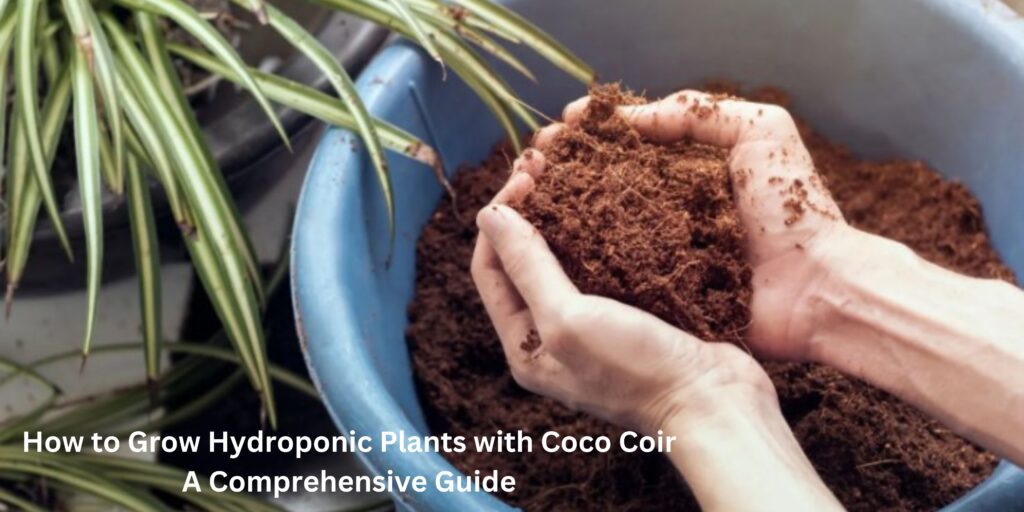
Maintaining the proper pH levels in coco coir is essential for achieving optimal growth and health in your plants. Coco coir is naturally slightly acidic, with a pH ranging from 5.5 to 6.5. This acidity is ideal for nutrient availability in the root zone, as it facilitates the absorption of essential elements. However, it is crucial to regularly monitor and adjust the pH levels to prevent any imbalances that could hinder plant growth.
When the pH of the coco coir becomes too acidic or alkaline, it can lead to nutrient deficiencies or toxicities. These imbalances can negatively affect the overall health and development of your plants. Therefore, it is necessary to understand the importance of maintaining a stable and appropriate pH range.
To ensure the pH remains within the desired range, you will need to test the pH of your coco coir regularly. There are pH meters and testing kits available specifically designed for use in hydroponic systems. These tools will provide you with accurate readings, allowing you to make informed adjustments if necessary. By monitoring and maintaining the proper pH, you can create a favorable environment for your plants, promoting robust growth and increased yields.
• Coco coir has a natural pH range of 5.5 to 6.5, which is slightly acidic.
• This acidity promotes nutrient availability in the root zone and facilitates essential element absorption.
• Regular monitoring and adjustment of pH levels are crucial to prevent imbalances that can hinder plant growth.
• Imbalances in pH can lead to nutrient deficiencies or toxicities, negatively impacting plant health and development.
• Testing the pH of coco coir regularly using specialized tools such as pH meters or testing kits is necessary to ensure it remains within the desired range.
• Accurate readings from these tools will allow you to make informed adjustments if needed.
• Maintaining proper pH levels creates an optimal environment for plants, promoting robust growth and increased yields.
Below is a table summarizing key steps and considerations for growing hydroponic plants with coco coir:
| Step/Consideration | Description |
|---|---|
| 1. Selecting Coco Coir | Choose high-quality, pre-buffered coco coir to ensure it is free of contaminants and has an ideal pH level. |
| 2. Container and System Setup | Set up hydroponic systems like DWC, NFT, or drip systems with containers filled with coco coir as the growing medium. |
| 3. Hydration of Coco Coir | Pre-soak coco coir in water to expand and hydrate it. Drain excess water to achieve an optimal moisture level. |
| 4. pH and EC Management | Monitor and adjust the pH and electrical conductivity (EC) of the nutrient solution to suit the needs of the plants. |
| 5. Nutrient Solution | Use a balanced nutrient solution suitable for hydroponic cultivation. Regularly check and adjust nutrient levels. |
| 6. Planting Seeds or Seedlings | Plant seeds or seedlings directly into the coco coir, ensuring proper spacing and depth according to the plant’s requirements. |
| 7. Irrigation System | Set up a consistent and well-timed irrigation system to deliver nutrient solution to the plants while avoiding waterlogging. |
| 8. Temperature and Humidity | Maintain optimal environmental conditions, including temperature and humidity, for the specific plants being grown. |
| 9. Training and Support | Provide support structures or implement training techniques for plants that may require additional support during growth. |
| 10. Regular Monitoring | Monitor plant health, coco coir moisture levels, and system parameters regularly to identify and address issues promptly. |
| 11. Pest and Disease Control | Implement preventive measures and promptly address any pest or disease issues to ensure the health of hydroponic plants. |
| 12. Harvesting | Harvest plants at the appropriate stage, considering factors such as maturity, size, and the type of crop being grown. |
| 13. Cleaning and Reusing Coco Coir | If desired, coco coir can be cleaned and reused for subsequent crops, contributing to sustainability. |
| 14. Record Keeping | Maintain records of nutrient schedules, environmental conditions, and any adjustments made for future reference and improvement. |
Note: The specifics of the process may vary based on the plant species and the hydroponic system used. It’s crucial to adapt practices to the specific needs of the plants being cultivated.
Troubleshooting Common Issues: Identifying and Resolving Problems in Coco Coir

When growing plants in coco coir, it is important to be aware of common issues that can arise and how to effectively troubleshoot them. One common problem that may occur is the development of root rot. Root rot can be caused by overwatering or poor drainage, leading to oxygen deprivation for the root system. To prevent this, it is crucial to ensure proper moisture levels are maintained in the coco coir substrate.
Another issue that gardeners may face in coco coir is nutrient deficiencies. Coco coir is an inert growing medium, meaning it does not provide any nutrients to the plants. This requires the grower to carefully monitor and adjust the nutrient solution to provide the plants with all the necessary elements for healthy growth. If nutrient deficiencies are observed, adjusting the nutrient levels is essential to ensure the plants receive the proper nourishment.
Identifying and resolving problems in coco coir requires a keen eye and a proactive approach. By closely monitoring moisture levels, providing adequate drainage, and maintaining the appropriate nutrient balance, many common issues can be prevented. However, when problems do arise, it is essential to take swift action to rectify the situation and ensure the overall health and vitality of the plants. Stay tuned to learn more about specific troubleshooting techniques and solutions to common coco coir problems.
• Proper moisture levels must be maintained in the coco coir substrate to prevent root rot.
• Overwatering and poor drainage can lead to oxygen deprivation for the root system, causing root rot.
• Coco coir is an inert growing medium and does not provide any nutrients to plants.
• Nutrient deficiencies may occur in coco coir, requiring careful monitoring and adjustment of the nutrient solution.
• Adjusting nutrient levels is essential to ensure plants receive proper nourishment in coco coir.
• Monitoring moisture levels, providing adequate drainage, and maintaining nutrient balance can prevent many common issues in coco coir.
• Swift action should be taken when problems arise to rectify the situation and ensure plant health.
How often should I monitor and adjust nutrient levels in hydroponics using coco?
It is recommended to monitor nutrient levels in hydroponics using coco coir on a regular basis, ideally daily or every other day. Adjustments should be made based on the specific needs of your plants and any deficiencies or excesses that may arise.
What are some signs that indicate improper moisture levels in coco?
Some signs of improper moisture levels in coco coir include wilting or drooping plants, yellowing or browning of leaves, and stunted growth. It is important to maintain proper moisture levels to ensure healthy root development and overall plant health.
How can I maintain proper moisture levels in coco?
To maintain proper moisture levels in coco, it is important to water the plants regularly but also allow for proper drainage. Avoid overwatering, as this can lead to waterlogged roots and potential root rot. It is also beneficial to monitor the weight of the pots or containers to determine when it is time to water again.
Why is managing pH levels important in coco coir?
Managing pH levels in coco coir is crucial because it directly affects nutrient availability to the plants. Coco coir tends to have a naturally high pH, so it is important to adjust the pH to a slightly acidic or neutral range for optimal nutrient uptake by the plants.
How can I identify and resolve common issues in coco coir?
Common issues in coco coir can include nutrient deficiencies or excesses, pH imbalances, pests, and diseases. To identify these issues, closely monitor the health and appearance of the plants. To resolve them, adjust nutrient levels, pH levels, and promptly address any pest or disease infestations using appropriate treatments or prevention methods.

